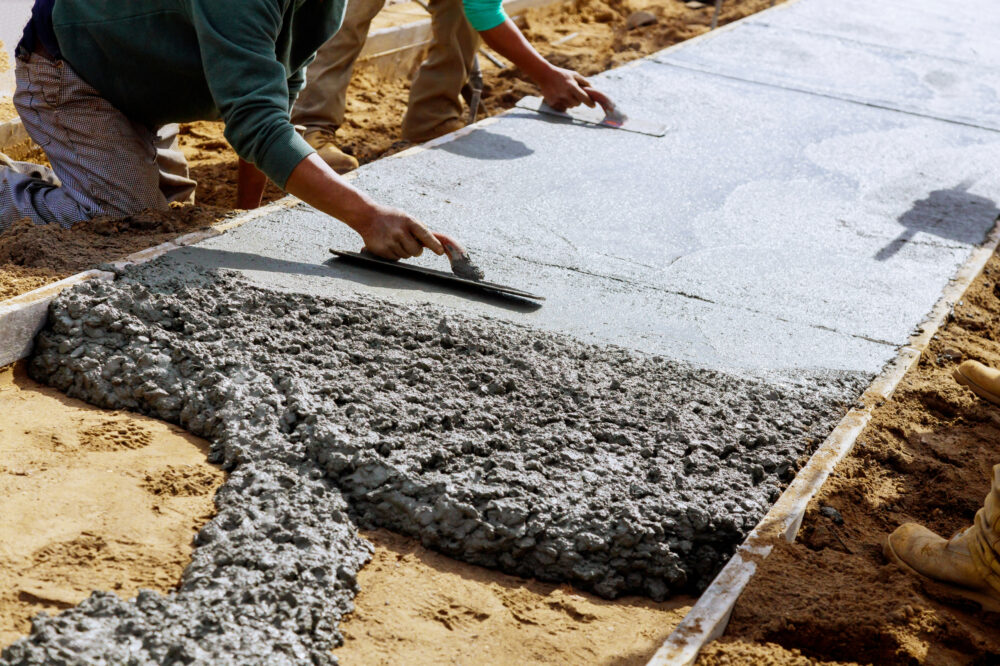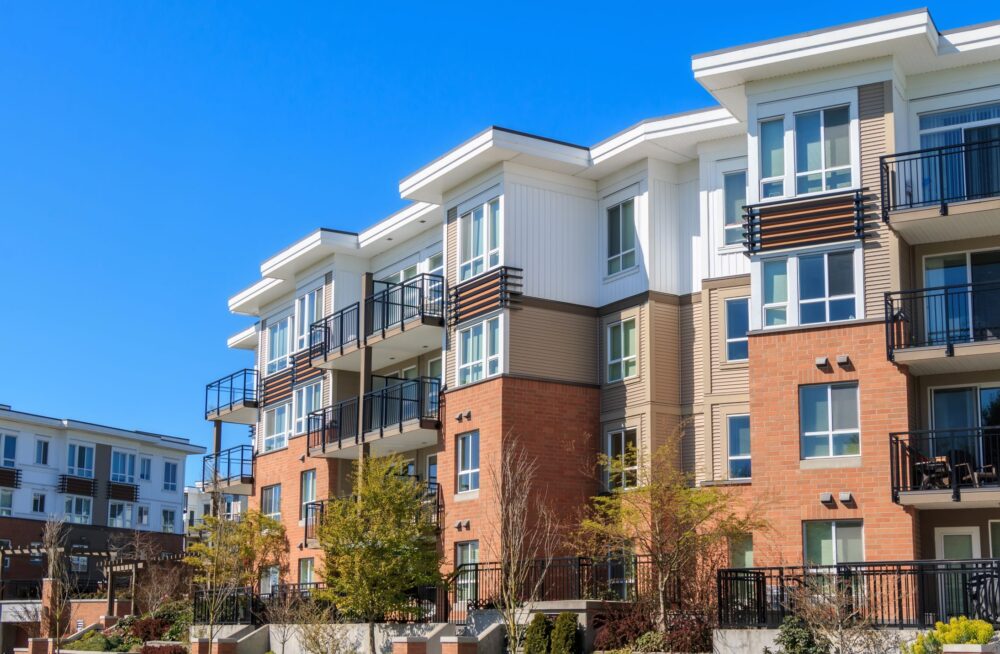

The Government Performance Lab (GPL) provided pro bono technical assistance to help Denver launch the Supportive Housing Pay for Success (PFS) initiative. This project is providing supportive housing and community based treatment services to more than 250 chronically homeless individuals over five years.
More Research & Insights


Strengthening Vendor Engagement to Better Support Women and Minority-Owned Businesses in Buffalo, NY

Advancing Economic Mobility for Students in Lansing, MI

Advancing Equity through Capital Construction Projects in Asheville, NC

Strengthening Vendor Engagement to Better Support Women and Minority-Owned Businesses in Buffalo, NY
